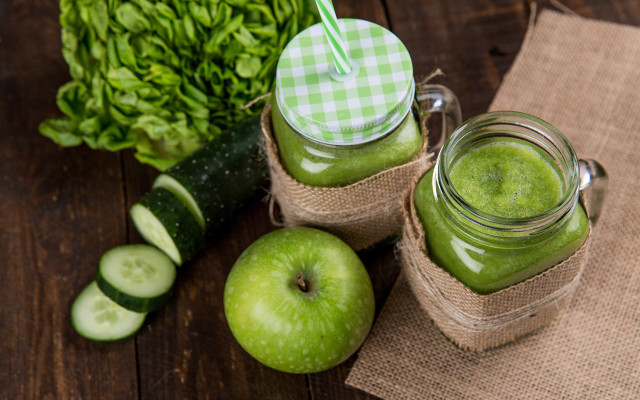As the days get longer and the weather gets warmer, some people experience a burst of energy. We’ll look at what causes spring fever and what you can do to combat spring fatigue.
Many people are familiar with spring fever: you feel energized and restless, and your sleep may be affected. But that doesn’t have to be the case – with just a few tips, you can maximize the spring fever benefits while staving off the less desirable effects.
What Are Spring Fever and Spring Fatigue?
Spring fever does not refer to a diagnosable condition, like the flu, but rather to the increase in energy and restlessness that comes with the changing of the seasons. More hours of sunlight can boost your mood and energy levels, which may also increase feelings of restlessness. People who suffer from seasonal affective disorder (SAD), may feel the effects of spring fever more strongly. There have been many studies to prove the correlation between gloomy moods and decreased light exposure, so it would make sense that as winter weather fades, so does SAD.
But is spring fever even real? Historically speaking, spring fever was very much a real illness. In the 18th century, there was an uptick in swollen joints, loose teeth, and lethargy in the spring due to the lack of fruits and vegetable consumption over the winter. Nowadays, however, there is no scientifically sanctioned name for the psychological and physiological changes experienced in the spring.
Spring fatigue, on the other hand, is a negative spring side effect that many may experience. Warm weather, allergy season, and hormonal changes all may worsen spring fatigure or lethargy.
What Causes Spring Fatigue?

When the weather changes from winter to spring, your body has to adjust to the change in temperature and humidity. The blood vessels dilate and blood pressure drops, which can cause a feeling of lethargy. This is why the terms spring fatigue and spring lethargy are often used interchangeably.
Diets can vary quite significantly in colder months compared to warmer months for many different reasons. People may endup eating less fresh fruit and vegetables in the winter, and come spring, their nutrient storage is low. Tiredness, irritability, and circulatory problems can be the consequences. If this sounds like you, remember that you can still eat local foods during winter by preserving fresh produce and fermenting vegetables in the summer months.
Your body also needs time to slowly adjust to the brightness of springtime. High temperatures and stronger daylight take some getting used to after dark winter days. Your body produces more melatonin (the “sleep hormone”) during the winter, whereas in the spring, serotonin levels (a “happiness hormone”) are on the rise. Especially when daylight saving time begins, bodies get confused, circadian rhythms are thrown off, and you’re left with a constant feeling of fatigue.
Springtime allergies may also be the culprit for feelings of drowsiness. In spring, pollen counts can be high in many areas of the US, leading to symptoms like congestion, headaches, and sneezing. Lack of sleep from congestion, chemicals released due to allergic reactions, and “brain fog” can all leave you feeling fatigued.
How to Combat Spring Fatigue



On average, it takes about a month for the body to get used to the new season and get over spring fatigue. Here are a few tips to help you weather the change of seasons:
- Take advantage of as much daylight as possible and get out in the sun regularly.
- Rearrange your daily routine according to the daylight hours. Go to bed earlier and get up earlier.
- Get plenty of fresh air and exercise. Use the warm days for walks or short bike rides.
- Eat a fresh and balanced diet. Your body needs a nutrient boost after the winter and farmers’ markets are filled with vitamin-rich leafy greens like spinach and cabbage this time of year.
- Take alternating hot and cold showers to stimulate your blood circulation. For best results, take them in the morning and always end with cold water.
- Don’t overdo it: allow yourself quiet evenings after busy days.
Note: If you’ve been lethargic for months, there may be more than spring fatigue at play, so you should make an appointment with your healthcare provider.
Springtime Smoothie Recipe



If you’re suffering from spring fatigue and are looking for a way to get some nutrients back into your body, why not try an ABC smoothie? This nutrient-rich beverage contains vitamin A, B and C, as well as minerals like magnesium, zinc and iron.
Ingredients:
- 1 apple
- 1 bell pepper
- 1 cucumber
- 2 stalks of celery
Instructions:
- Blend the fruit and vegetables together in a blender, using a 1:1 ratio. For every cup of vegetables, use 1 cup of water.
- Enhance it even further with linseed oil, apple juice, or walnuts. For an extra vitamin boost, drink it outside in the sunshine to get some vitamin D.
This article has been translated from German by Karen Stankiewicz. You can find the original here: Frühjahrsmüdigkeit: Ursachen und Tipps für mehr Energie
Important Information regarding Health-related Topics.
** Links to retailers marked with ** or underlined orange are partially partner links: If you buy here, you actively support Utopia.org, because we will receive a small part of the sales proceeds. More info.Do you like this post?






